
Tongli sludge incineration kiln is a common sludge disposal equipment. It can destroy all organic matter, kill all pathogens, and minimize the volume of sludge. The sludge with a relative moisture content of about 75% of the incineration residue is only about 10% of the original volume. The combustion equipment of the sludge incineration equipment is mainly a slowly rotating rotary kiln, the inner wall of which can be built with refractory bricks or tubular water-cooled walls to protect the outer cylinder. The rotary kiln is generally 4 to 6 meters in diameter and about 10 to 20 meters in length. It is supported by a retaining wheel and a supporting wheel and is placed at an angle. It is mainly used to treat toxic and harmful medical waste, chemical waste, industrial sludge and other wastes.
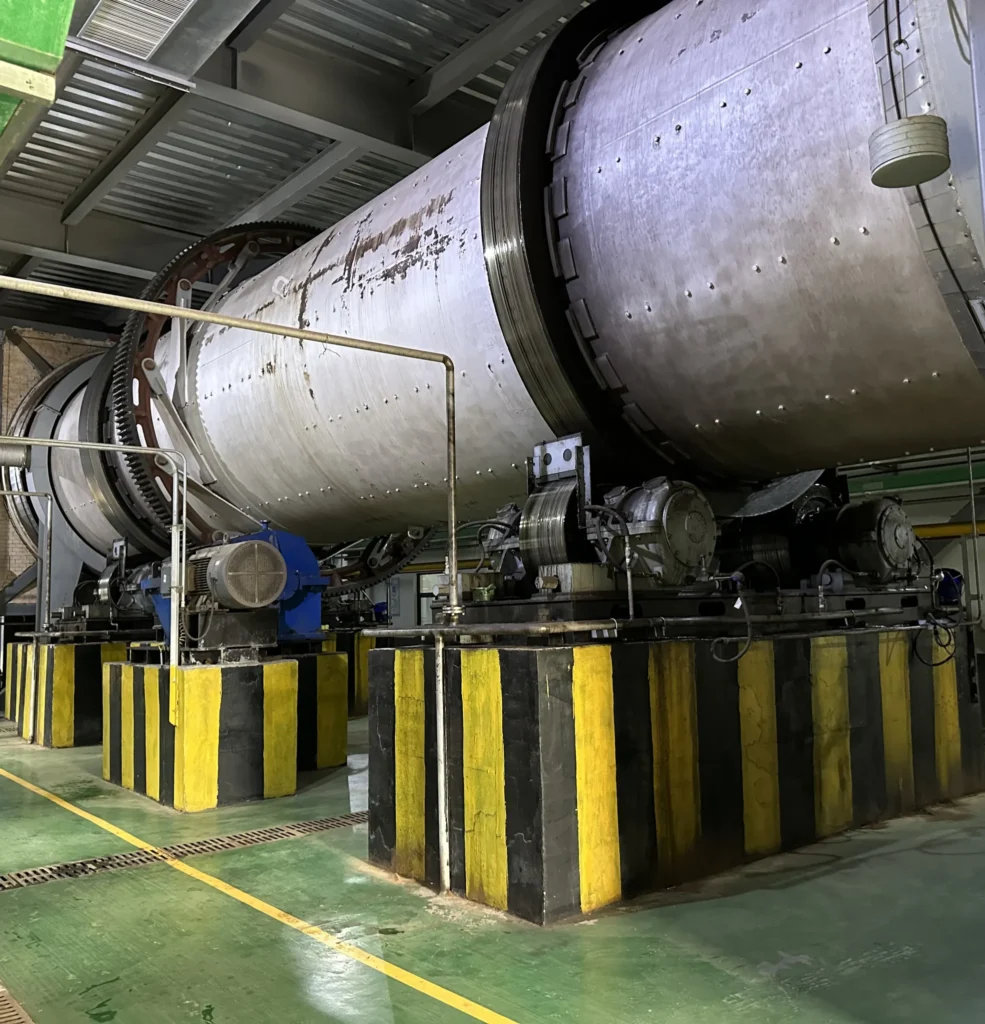

Efficient Sludge Calcination Solution
A MACHINE YOU CAN DEPEND ON!
Tongli sludge incineration kiln adopts high temperature incineration of 850-1000℃, which can process various types of sludge with a moisture content of 20%-80%. During the treatment process, the volume of sludge can be reduced by 80%-90% and the weight can be reduced by 30%-50%. The incineration ash can be used to make building materials and realize resource utilization. The service life of the equipment is up to 15-20 years, and the operation is stable and reliable. Through the waste heat recovery system, 0.4-0.6 tons of steam per ton of sludge can be generated to improve energy utilization efficiency.
Tail gas treatment system generally includes dust cooling, desulfurization and dust removal, bag dust removal and other equipment, in which the dust must be quickly cooled, and the acid gas in it is neutralized by alkaline substances, and the dust generated during the combustion process is filtered out by dust collector equipment, and bag dust collectors are generally used. Cyclone dust removal can be set at the exhaust port of the sludge rotary kiln to reduce the load of bag dust removal.
When drying sludge, in order to prevent the sludge from sticking to the inner surface of the conveying pipeline, most of the wet sludge needs to be dried using a sludge dryer. When the wet sludge is dried to the specified moisture content, it is mixed with the remaining wet sludge and then sent to the incinerator for combustion. At this time, the thermal energy utilization unit will transfer the heat generated by the combustion of the incinerator to the sludge drying unit for utilization.
Tongli sludge incineration kiln adopts 850-1000℃ high temperature incineration technology, which can treat various types of sludge with a moisture content of 20%-80%. During the treatment process, the sludge volume is reduced by 80%-90%, and the weight is reduced by 30%-50%. The equipment has a wide range of processing capacity, ranging from 10 tons/day to 300 tons/day, to meet the needs of different scales. The incineration process is stable and controllable, and the sludge is completely harmlessly treated, effectively solving the problem of secondary pollution.
| xxxxxxx | Capacity (t/h) | Motor Model: | Gearbox Model | Input Moisture (%) | Fuel Coal Calorific Value (kcal) | Output Moisture (%) |
| φ1.2x10 | 2.5-3 | M160M-6 → 7.5 | ZQ350Ⅱ-25 | 25±5 | ≥5500 | ≤13 |
| φ1.5x14 | 7-9 | Y180L-6 → 15 | ZQ400Ⅱ-31.5 | 25±5 | ≥5500 | ≤13 |
| φ1.5x18 | 9.5-12 | Y180L-6 → 15 | ZQ400Ⅱ-31.5 | 27±5 | ≥5500 | ≤13 |
| φ1.8x14 | 12-15 | Y200L-6 → 18.5 | ZQ400Ⅱ-31.5 | 25±5 | ≥5500 | ≤13 |
| φ1.8x18 | 14-18 | Y200L1-6 → 18.5 | ZQ400Ⅱ-31.5 | 27±5 | ≥5500 | ≤13 |
| φ2.0x18 | 18-22 | Y200L2-6 → 22 | ZQ50Ⅱ-31.5 | 25±5 | ≥5500 | ≤13 |
| φ2.0x20 | 18-23 | Y200L2-6 → 22 | ZQ50Ⅱ-31.5 | 30±5 | ≥5500 | ≤13 |
| φ2.2x18 | 21-25 | Y200L2-6 → 22 | ZQ65Ⅱ-31.5 | 27±5 | ≥5500 | ≤13 |
| φ2.2x20 | 22-25 | Y225M-6 → 30 | ZQ65Ⅱ-31.5 | 30±5 | ≥5500 | ≤13 |
| φ2.4x20 | 25-29 | Y225M-6 → 30 | ZQ75Ⅱ-31.5 | 27±5 | ≥5500 | ≤13 |
| φ2.4x22 | 26-30 | Y225M-6 → 30 | ZQ75Ⅱ-31.5 | 30±5 | ≥5500 | ≤13 |
| φ2.6x20 | 28-33 | Y250M-6 → 37 | ZQ85Ⅱ-31.5 | 25±5 | ≥5500 | ≤13 |
| φ2.6x24 | 29-35 | Y250M-6 → 37 | ZQ85Ⅱ-31.5 | 30±5 | ≥5500 | ≤13 |
| φ3.0x20 | 45-50 | Y280S-6 → 45 | ZQ100Ⅱ-31.5 | 25±5 | ≥5500 | ≤13 |
QUALITY NEVER GOES OUT OF STYLE
Sludge is a semi-solid residue produced during wastewater treatment. It is mainly composed of water (about 60-80%), organic matter (about 60-80% dry weight) and inorganic matter (about 20-40% dry weight). Organic matter includes microbial residues, cellulose and protein, etc.; inorganic matter includes sand, metal salts and clay, etc. Sludge also contains nutrients such as nitrogen (2-5% dry weight), phosphorus (1-2% dry weight) and potassium (0.5-1% dry weight), as well as heavy metals and pathogens. The specific composition of sludge varies depending on its source and treatment method. For example, industrial sludge may contain more heavy metals, while domestic sewage sludge contains more organic matter.
The amount of sludge produced worldwide each year is about 30-40 million tons of dry weight. Among them, developed countries account for a large proportion. For example, the United States produces about 7.5 million tons of dry sludge each year, the European Union produces about 10 million tons, and China produces about 6 million tons. The main sources of sludge include:
Municipal sewage treatment plants (accounting for 70-80%)
Industrial wastewater treatment facilities (accounting for 15-20%)
Agricultural and livestock wastewater treatment (accounting for 5-10%)
Other sources, such as ships and small community sewage treatment systems (accounting for less than 5%) With the acceleration of global urbanization and the improvement of environmental protection requirements, it is expected that by 2030, global sludge production will increase to 50-60 million tons of dry weight/year.
Sludge incineration kiln is a device that oxidizes and decomposes organic matter in sludge through high-temperature combustion, while achieving reduction, harmlessness and resource utilization. Its working principle mainly includes:
Sludge drying: reduce the moisture content to 30-50%
High temperature combustion: burn at 850-1000℃ for 2-3 seconds
Flue gas treatment: remove particulate matter, acidic gases and heavy metals
Energy recovery: use thermal energy to generate electricity or heat
Main types include:
Fluidized bed incinerator (accounting for about 60%): suitable for sludge with high moisture content
Rotary kiln incinerator (accounting for about 25%): suitable for various sludge types
Multi-layer furnace incinerator (accounting for about 10%): suitable for sludge with low moisture content
Other types (accounting for about 5%): such as gasification furnace, plasma furnace, etc.
Main emissions:
Flue gas: 95-98% of the total, including CO2, H2O, NOx, SO2, etc.
Fly ash: 1-3% of the total, containing heavy metals and trace organic matter
Slag: 1-2% of the total, mainly inert inorganic matter
Flue gas treatment:
Dust removal: bag filter, dust removal efficiency>99.9%
Desulfurization: wet desulfurization, desulfurization efficiency>95%
Denitrification: selective catalytic reduction (SCR), denitrification efficiency>80%
Heavy metal removal: activated carbon adsorption, removal efficiency>90% Two more
Significant reduction effect: After incineration, the volume and mass of sludge can be reduced to 10-20% of the original, greatly reducing the need for subsequent disposal and landfillHarmless treatment: High-temperature incineration can completely kill pathogens and harmful organic matter in sludge and achieve harmlessness.
Energy recovery: The heat energy generated during the incineration process can be used for power generation or heating. Sludge incineration can be used as an alternative energy source to achieve resource utilization.Reduce landfill pressure: The ash produced after incineration is small in volume and stable and inert, which can effectively reduce the demand for land for sludge landfill.
Disadvantages:High energy consumption: The sludge has a high moisture content and needs to be pre-dried, and the energy consumption during the incineration process is relatively large.Secondary pollution: The flue gas generated by incineration may contain harmful substances such as sulfur dioxide, nitrogen oxides and heavy metals, requiring an efficient flue gas treatment system, which increases the cost.
Ash treatment: The fly ash and slag produced after incineration contain heavy metals and harmful substances, which need to be solidified or safely landfilled, which increases the difficulty of treatment.High equipment investment: The investment cost of sludge incineration equipment such as rotary kilns and fluidized bed furnaces is high, which is suitable for large-scale centralized treatment, but has poor economic efficiency for small sludge treatment projects.
The energy recovery rate of sludge incineration is usually between 30% and 50%, depending on factors such as the moisture content of the sludge, the type of incinerator and the way the heat is used. Lower moisture content (30-50%) can improve the energy recovery rate of the incineration process because more organic components can be fully burned and release heat when the moisture content is reduced. Fluidized bed incinerators usually have a higher energy recovery rate and are suitable for treating sludge with high moisture content, while rotary kiln incinerators are suitable for a variety of sludge types, but their energy recovery rate is relatively low.
In addition, the way the heat is used will also affect the energy recovery rate. For example, if the heat generated during the incineration process is directly used for steam power generation or district heating, its recovery efficiency will be higher. If it is only used for sludge drying, the energy recovery rate may be lower. To improve the energy recovery rate, it is usually necessary to match an efficient waste heat recovery system and energy management technology, and optimize the sludge pretreatment process to reduce the moisture content.

MSW is used in sludge incineration to recover energy and reduce landfill dependency.

Wood chips are a biomass fuel source, often mixed with sludge to improve combustion efficiency.
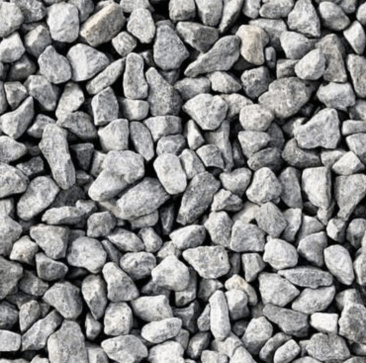
Paper sludge contains organic matter and can be used in sludge incineration to reduce waste volume.
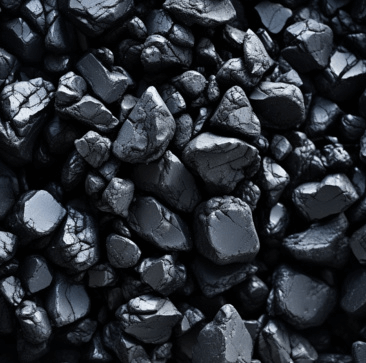
Plastic waste is used in sludge incinerators to produce heat energy while reducing environmental impact.
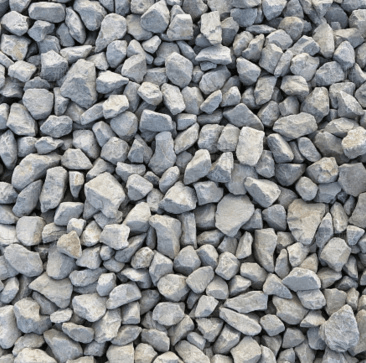
Agricultural waste, including crop residues, is added to sludge to enhance energy recovery during incineration.

Textile waste, rich in organic material, can be incinerated alongside sludge for energy generation.
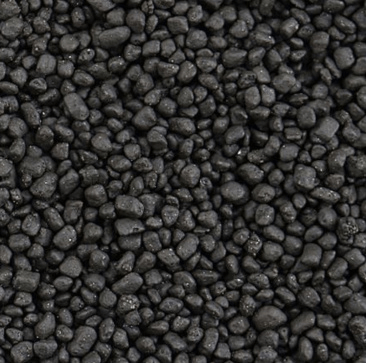
Tire-derived fuel is a high-energy content material used in sludge incineration to improve fuel efficiency.
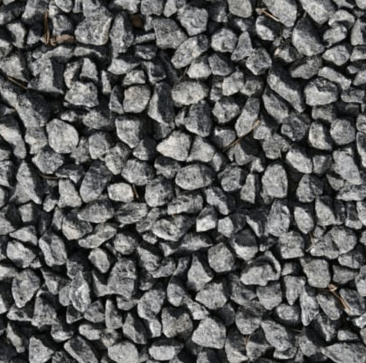
Oil-contaminated soil can be treated in sludge incinerators, reducing waste while recovering energy from oils.
You can get in touch with us through the following contact information
AddressNo. 2289 Huancheng South Road, Tongxiang, Jiaxing, Zhejiang Province, China. Zip code:314500
Please fill in the sales inquiry form and our sales representatives will be in touch shortly.